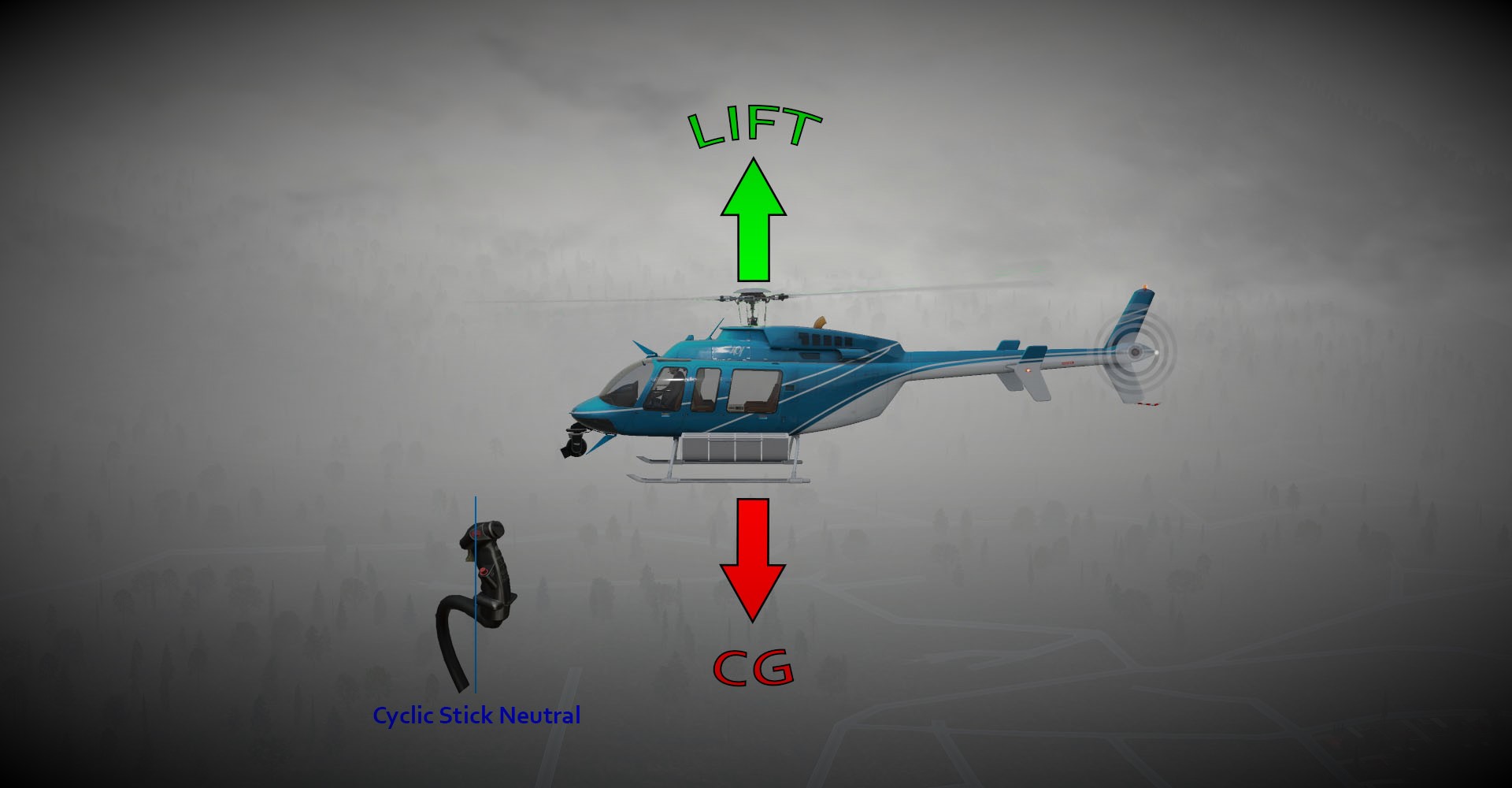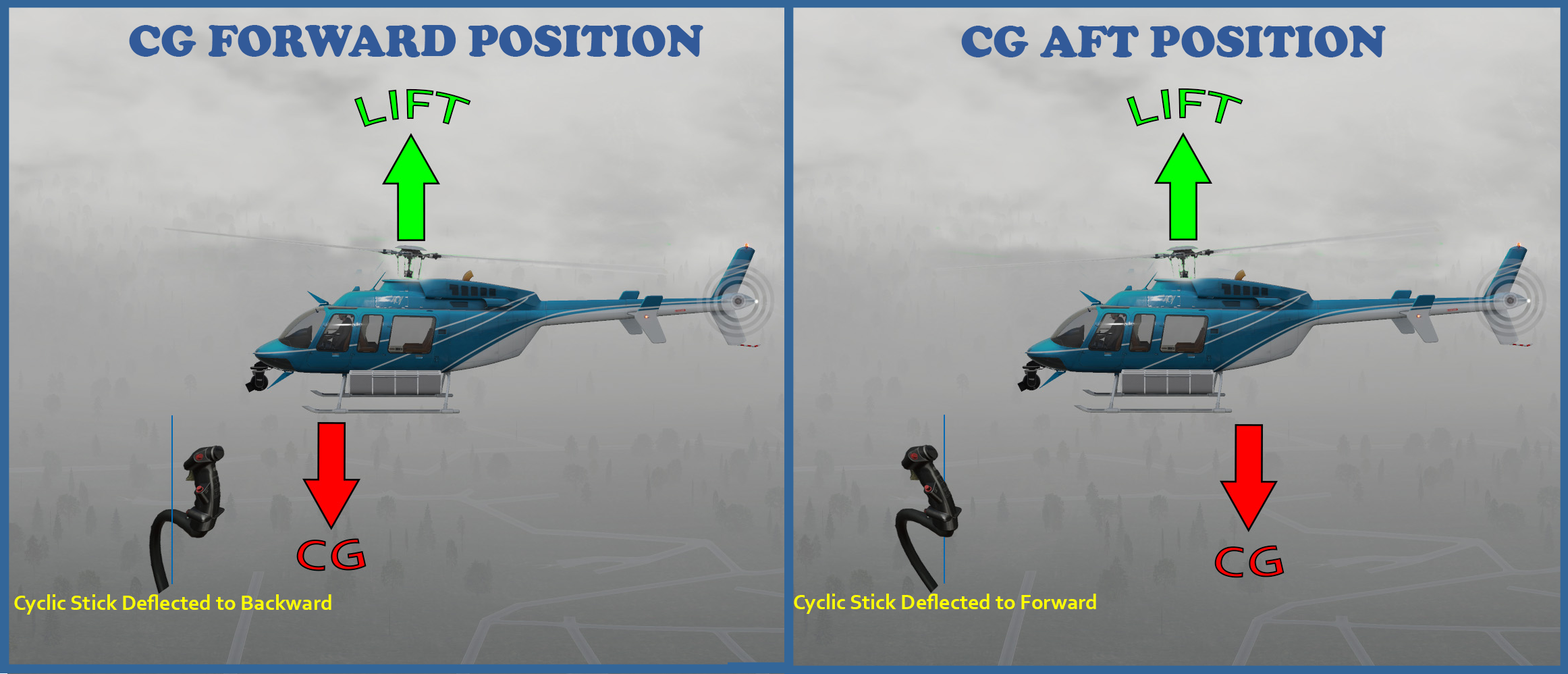¶ Introduction
Weight and balance considerations of a helicopter are similar to those of an airplane, except that they are far more critical, and the center of gravity (CG) range is much more limited.
¶ Weight
Based on structural considerations and power availability, every manufacturer provides specific limiting information on items such as:
- Maximum certificated takeoff weight
- Maximum zero fuel weight
- Maximum hook weight
- Maximum payload
Under no circumstances these limitations must be exceeded.
¶ Balance
Even though the gross weight of a helicopter stays within prescribed limits, if that weight has not been distributed correctly and the center of gravity falls outside of the authorized limits, regardless of it's weight, such helicopters are categorized as unsafe for flight.
¶ Center of Gravity
The center of gravity (CG) of a helicopter is the point over which the helicopter would be balanced. It directly affects stability and handling characteristics of the helicopter.
The center of gravity may change over the duration of the flight as the aircraft weight changes due to fuel burn or by passengers moving forward or aft in the cabin.

Helicopter hangs level under the rotor mast when the center of gravity position is horizontally aligned.
If the CG is too far forward of the mast, the helicopter hangs with its nose tilted down; if the CG is too far aft of the mast, the nose tilts up.

An aft CG requires forward cyclic input, forward CG requires aft cyclic input, left CG requires right cyclic input and right CG requires left cyclic input. The amount of the input depends on the distance of center of gravity position from datum.
If the CG position is outside the allowable limits, maximum deflection of cyclic in one direction might not be enough to level the helicopter. This situation results in loss of control of the helicopter.
The main aim of weight and balance calculations is to check whether the calculated CG position is within the safe area or not.
- None
- VID 522050 - Creation
- VID 496402 - Wiki.js integration